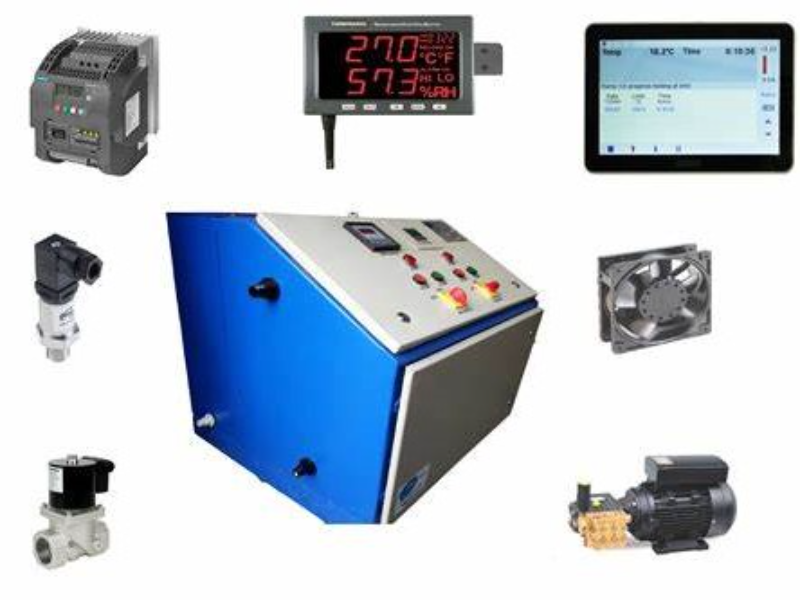- Evaporative cooling is a process that utilizes the principle of water evaporation to absorb heat from the air, thus reducing its temperature.
- Evaporative cooling systems offer significant advantages in terms of energy efficiency, environmental protection, economy and applicability, and are particularly suitable for dry areas and water-scarce regions.
Evaporative cooling systems are a preferred choice for many due to their cost-effectiveness and energy efficiency in hot and dry climates. But what makes one system stand out as the best? This article aims to clarify the factors that contribute to the performance of an evaporative cooling system and how to identify the best one for various applications.
Understanding evaporative cooling
Evaporative cooling is a process that utilizes the principle of water evaporation to absorb heat from the air, thereby reducing its temperature. This natural phenomenon is the basis of how our bodies cool down through sweating.
Key principles:
- Phase transition: The energy absorbed during the change from liquid to vapor state cools the surrounding air.
- Environment suitability: Effective in dry conditions where the evaporation rate is high.
Types of systems:
- Direct evaporative coolers (DEC): These units increase humidity while lowering air temperature, making them suitable for arid regions where increased humidity is not a concern.
- Indirect evaporative coolers (IEC): IEC systems cool air without significantly raising its humidity, making them versatile for various climate conditions. They do so by passing air over a wet medium without direct contact, facilitating heat exchange and cooling the air without evaporating water into the treated air stream.
Also read: 4 different types of cooling systems
Factors influencing the best system
- Cooling pad material: The choice of material for cooling pads is critical as it affects the rate of evaporation and the overall efficiency of the system.
- Heat exchanger design: The design of the heat exchanger impacts the air and water contact, influencing cooling performance.
- Operating conditions: Airflow rate, water temperature, and humidity levels are pivotal in determining the system’s effectiveness.
Energy efficiency and environmental considerations
- Energy consumption: Evaporative coolers typically use less energy than traditional air conditioners, leading to lower electricity bills.
- Environmental impact: The use of water as a cooling medium reduces the reliance on chemical refrigerants, making ECS more environmentally friendly.
Application Scenarios
- Dry areas: Evaporative cooling systems perform well in dry areas, reducing condensing temperatures and saving energy.
- Water-scarce areas: Evaporative cooling systems work well in water-scarce areas due to low water consumption.
- Industrial applications: In high power electronic equipment, evaporative cooling technology can improve thermal efficiency and reduce total system cost.
- Domestic and commercial buildings: In hot, dry climates such as Australia, evaporative cooling systems provide natural, fresh and cool outdoor air for year-round use.
Also read: 3 reasons why a car cooling system is pressurised
Recent innovations in evaporative cooling
- Heat pipe integration: Improves the thermal performance of the system by enhancing heat transfer.
- Natural fiber cooling pads: Reduce initial costs and dependence on imported materials.
- Multistage systems: Overcome the limitation of cooling air below the wet bulb temperature.
Determining the best system
The “best” evaporative cooling system is one that aligns with the specific needs of the user, considering:
- Application requirements: The size of the space and the desired cooling effect.
- Climatic conditions: The local climate’s temperature and humidity levels.
- Economic factors: The cost of installation, operation, and maintenance.
Evaporative cooling systems offer significant advantages in terms of energy efficiency, environmental protection, economy and applicability, and are particularly suitable for dry areas and water-scarce regions. However, it is important to note that the initial investment is high and susceptible to climatic influences. Therefore, when choosing the best evaporative cooling system, comprehensive consideration should be made according to specific application scenarios and needs.

